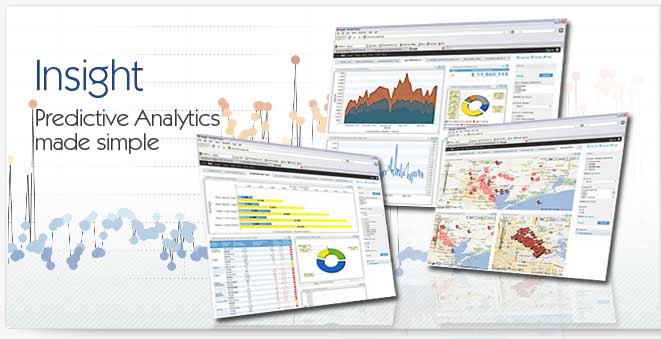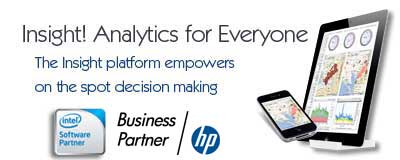Definition of an HR Dashboard
An hr dashboard is simply a collection of charts, reports and other metrics displayed in an organized matter and presented to business users. An hr dashboard is typically hosted in a business intelligence system and is part of a performance management initiative designed to use dashboards to measure company performance vs. strategic goals. In this case the hr dashboards might measure key performance indicators (KPIs) related to employee information. An hr dashboard might measure employee off-time as a percent of total available, or other key metrics vital to an HR organization.
Benefits of an HR Dashboard
An hr dashboard can provide an organization a number of benefits. Hr dashboards are used mainly to identify how an organization is performing from an hr perspective against corporate goals. A corporate goal for HR might be to maintain a specific standard for health and safety. Through an hr dashboard the organization can accurately measure key metrics related to HR and safety to identify how closely the HR goal is being met. These types of measurements, when presented in an hr dashboard can provide instant visualization to the state of each goal.
Working with an HR Dashboard
How effective an hr dashboard is will often depend on the software used to construct it. An hr dashboard can be built with something as simple as a spreadsheet. In this case, however, the hr dashboard will be static and only provide snapshots of information. In order to achieve more accurate and timely information, a real-time hr dashboard might be a more appropriate tool. Another goal for an hr dashboard might be to provide interactivity, so that when measuring health and safety for instance, the hr department can identify not only the percentage of employees who have been trained on health & safety, but the hr dashboard can also provide a means of narrowing down (or "drilling down") to the list of departments and groups that are still out of line with the accepted metric on the hr dashboard.
A Dynamic HR Dashboard
This latter example of a dynamic hr dashboard can be achieved when using business intelligence software that provides specific features. The ability for the user to interact and manipulate the hr dashboard is a key aspect of creating an hr dashboard that will be used and that will provide maximum benefit. A user of an hr dashboard for example might want to view a chart showing which months of the year have historically shown the greatest hiring trends. This type of hr dashboard report would be even more useful if the user could narrow-down the timelines to specific years or months without having to create a new chart of ask IT to create a new dashboard.
The Next Step, A Self-Service, Real-Time HR Dashboard
Often the hr dashboard will be served up in a business intelligence system but the hr dashboard itself will have been built by IT users based on business user requirements. A new trend in dashboard design is to provide self-service and real-time data to business users, bypassing the need for IT to be involved. This type of hr dashboard must rely on a much more sophisticated business intelligence system that can achieve two major goals. For a self-service hr dashboard the underlying system must be so easy to use that the business user of the hr dashboard can build an hr dashboard without involving IT. The second requirement is that the system must be able to connect to "production systems" (like the company ERP system) in order to feed the hr dashboard with data almost as it happens, i.e. in "real time"
|



